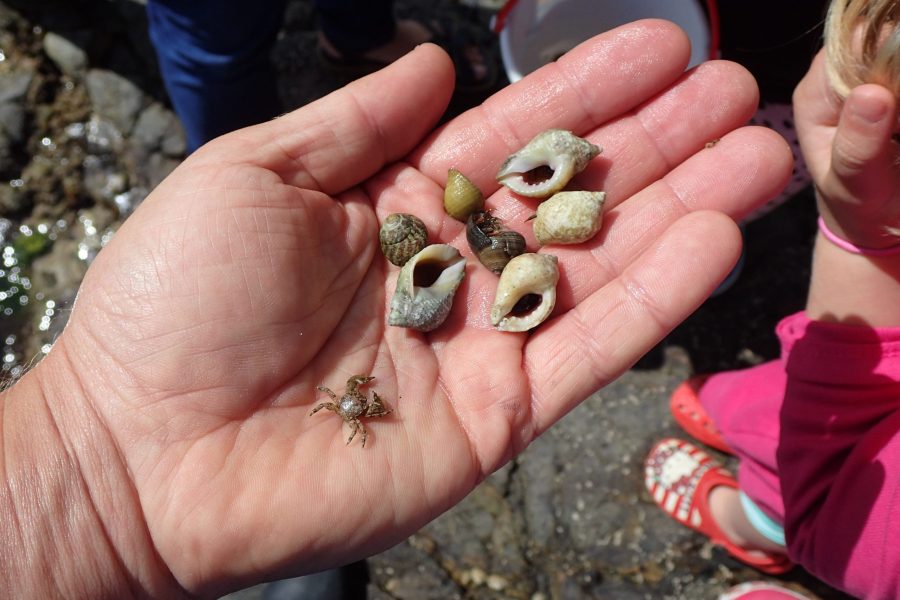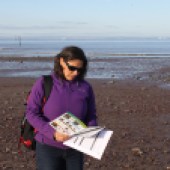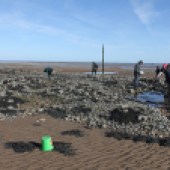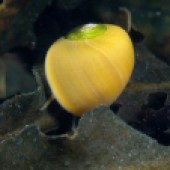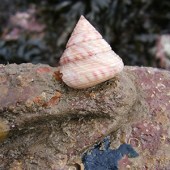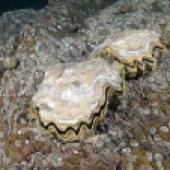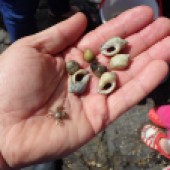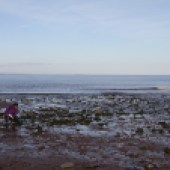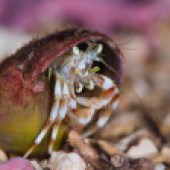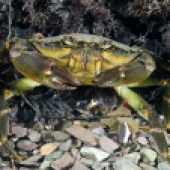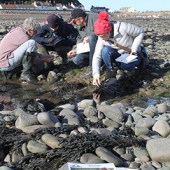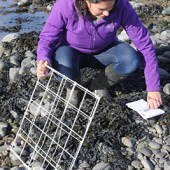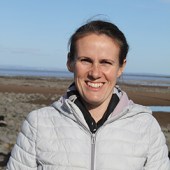Anna Turns learns how to record marine wildlife diversity at Minehead Beach as part of The Wildlife Trusts’ new Shoresearch citizen scientist initiative
At low tide on a beautiful blue-sky day, the beach at Minehead in North Somerset is vast. South Wales is visible on the horizon and the water’s edge stretches far into the distance. Most visitors are happily walking dogs or building sandcastles, but one purposeful group of beachgoers strides across the shore towards the harbour, equipped with clipboards, tape measures and cameras. They are ‘citizen scientists’, part of a new national initiative to train members of the public to help collect valuable information about the marine life on our shores. From Dorset to Kent, the 27 coastal Wildlife Trusts are offering Shoresearch training sessions, followed by regular surveys alongside marine experts to explore the coast in more detail and to learn about the colourful array of sea snails, seaweeds and crabs lurking in rockpools.
Simple survey techniques are used to collect data and build a more detailed picture about fluctuations in species distributions or abundance of particular species, enabling more effective marine conservation management. The beauty of these regular surveys is that volunteers could pick up the moment a species returns or disappears from the area – climate change is already having a huge impact on intertidal zones and conservationists need to know the specifics. By transforming rockpool ramblers into budding citizen scientists, Shoresearch is creating a new army of coastal volunteers in the ongoing mission to protect the British Isles coastline.
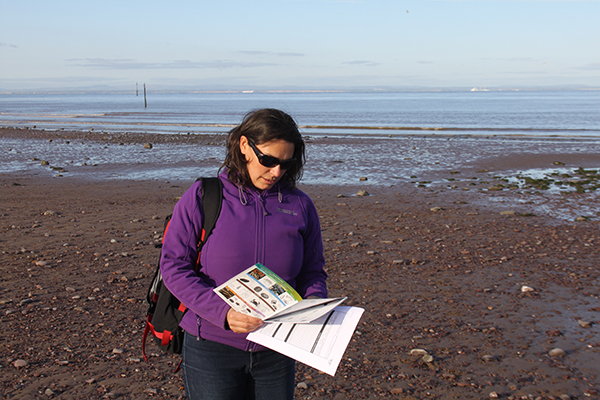
10AM QUIZ TIME
Our group of 23 Shoresearch volunteers gathers at The Beach Hotel on Minehead’s seafront. We sip a welcome mug of tea and nibble biscuits as we settle down to listen to the introduction by Mark Ward of Somerset Wildlife Trust. We range in age from 11 to over 70 and are eager to hear about the diversity of life found along this coastline, from coastal cliffs, salt marshes and kelp forests, to sandy shorelines and boulder communities. Mark tests our knowledge with a slideshow and the brightest spark, the 11-year-old, successfully names the sea slugs, sun stars and colourful strawberry and snakelocks anemones found in this location. Recently, we learn, an astonishing 200 species were found in the shingle and mud at Minehead during an intense 24-hour bio-blitz.
10.30AM VITAL WORK
Marine biologist Beccy MacDonald is up next to explain how the data we will help to collect is used locally and nationally and accessed by other organisations such as Natural England. ‘Should another round of marine protection zones happen, the Shoresearch initiative means we’d know much more about our intertidal areas and how to protect them. For example, the honeycomb wormery is a very fragile barrier reef that runs from Minehead to Hinkley Point – although it covers a huge area, it’s nationally rare,’ says Beccy, who has developed a range of comprehensive surveying techniques for Shoresearch volunteers.
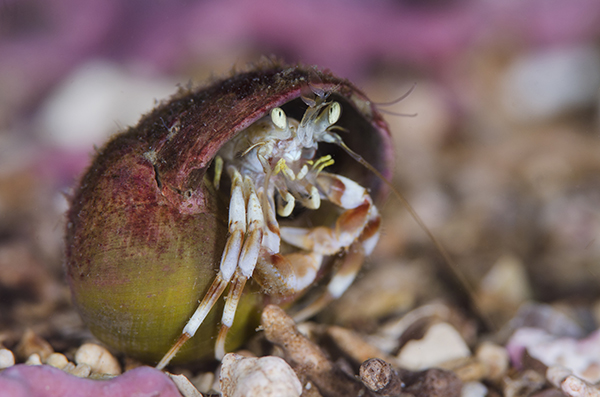
10.45AM SPOTTING ALIENS
Beccy shares her enthusiasm for hermit crabs and seaweeds that are ‘vastly under-appreciated’, despite carrageen being used in everything from shampoo to ice cream. She warns us to look out for ‘aliens’ while surveying the under-boulder communities. Non-natives such as the slipper limpet, Pacific oysters, sargassum seaweed (originally from Asia) and tiny Australian star barnacles are invasive species, and it’s important to monitor populations as they can outperform native marine wildlife.
11AM SURVEY TACTICS
Shoresearch uses three methods – a quadrat biodiversity survey, a walkover survey and the timed species search which Beccy explains will make sense when practised in real time. While it’s not rocket science, consistency is key so that data is ‘robust’ and credible. Keen to ensure no one is daunted by the prospect, Beccy emphasises that Wildlife Trust naturalists assist on every survey and if we can’t identify a species, there’s no need to panic; just take a photo and GPS location. Care must be taken when handling rockpool animals, and although crabs are abundant at Minehead, those moulting or shedding their shell in order to grow are very vulnerable while soft and must never be touched. Once we’ve been briefed about tide times and quicksand, we head out onto the beach.
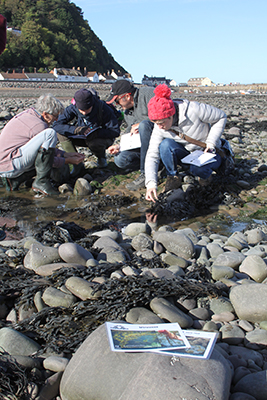
11.30AM TIMED SEARCH
Kicking off with a timed species search to assess distribution patterns of wildlife on Minehead’s middle shore, we are each given two species cards (honeycomb worm reef and sargassum seaweed for me) and we spend 10 minutes looking for those within an area marked by four green buckets. I don’t find either of mine but Beccy says she doesn’t expect everything to be found – quite the opposite.
Each county has a different regional pack of species cards to survey, plus alien species and climate change indicator species, such as the strawberry anemone, acorn barnacle and toothed topshell, which is currently restricted to south-west England and southern Ireland. This survey helps pinpoint when new alien species arrive to an area or when species boundaries move north as sea temperatures rise. Today, the only species from the targeted list found is bladder wrack, a brown seaweed that looks like bubble wrap with distinctive air sacs along its fronds.
12PM ROCK WATCH
We find plenty of shore crabs lurking under the rocks and we start putting our identification guides to good use to differentiate between sea snails – topshells, winkles and carnivorous whelks are most common. Whelks have a groove under a conical shell for a siphon, which bores through shells of limpets and mussels, so they can inject digestive enzymes then suck up a seafood soup. Topshells have a mother-of-pearl lustre and a circular trapdoor where an extendable foot fits into the shell, whereas winkles have a teardrop-shaped trapdoor. Mark finds three different winkles – flat, edible and rough – for us to compare. Just investigating under the seaweed, among the barnacles and between the rocks is a great first step.
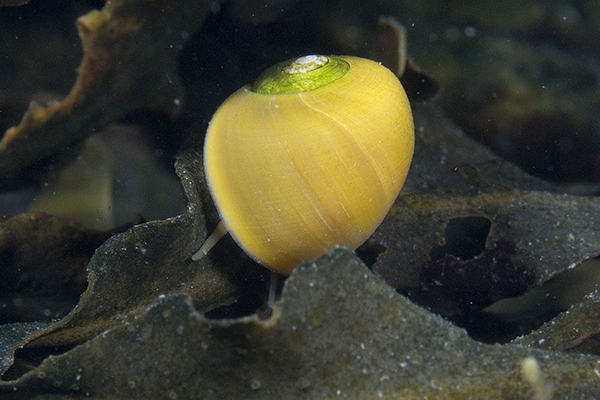
1PM SQUARING UP
Laying out a 50cm2 white plastic grid, known as a quadrat, on the beach, Beccy explains how each small square within it represents 4% of coverage. She demonstrates how to count the animals we find within the quadrat boundaries and we estimate percentage coverage for more abundant seaweeds and barnacles. It’s about detailing what can be found on each patch of shore. Practice helps, consistency is key. After the initial look at the canopy on this square of rocky shore, we gently lift the quadrat to remove any seaweeds not growing from within this area then replace the quadrat and continue to survey the species, logging our finds. It’s important to take a GPS reading from the centre of the grid, take a photo of the quadrat from above, record weather conditions and note the presence of any rockpools to compile a full picture.
2PM BENEATH THE BOULDERS
Although the vast beach at Minehead might look monotonous at first glance, on closer inspection we found huge variety among the rocks and, after a picnic lunch, we return to The Beach Hotel to discuss our best finds, from numerous hermit crabs to colourful seaweeds and sea snails galore.Finally, we mock up the walkover species survey which looks at all the species within one zone without any time limit – this gives us a general idea of what’s living on this stretch of shore. As the workshop ends, I overhear someone comment that although they’ve lived in Minehead all their life they didn’t realise this was on their doorstep. Now they are fully equipped for some serious rockpooling.
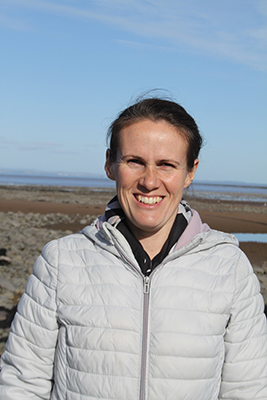
ASK THE PRO
Marine biologist Beccy MacDonald has studied the UK’s rocky shores since 2003 and has worked in conjunction with The Wildlife Trusts to develop Shoresearch. ‘When people find a love for the coast they develop a deeper interest in it, and that sense of ownership has a really positive ripple effect on our coastal habitats. Shoresearch gives members of the public the chance to engage with their coastlines, while collecting valuable data that helps us build a more accurate picture, so we can help protect more sensitive coastlines and observe changes as they happen. Every survey is a snapshot in time – here in Somerset, the coast is so dynamic, the substrate, for example the sand, is always changing and that affects the marine life up and down these shores. There’s not yet any official marine protection along the Somerset coast, so the surveys will highlight any rare, sensitive and nationally important marine wildlife.’
NEED TO KNOW
HOW TO BOOK
Free training courses are held in all 27 coastal wildlife trusts and regular survey events are planned throughout the year, from February until October. Anyone can take part and no previous experience is necessary. Training sessions (10am-3pm) are not compulsory, anyone is welcome to join the surveys and get involved. Children, ideally above eight years old, are welcome too (see wildlifetrusts.org/shoresearch and somersetwildlife.org for dates).
EQUIPMENT
Dress appropriately for a walk along the rocky shore – sturdy boots or wellies, suitable clothing and waterproofs. Wildlife Trust staff provide all survey equipment but you may wish to bring along a camera and your own rocky shore identification guide for easy reference and perhaps a hand lens so you can get a closer look at the species you find.
HOW TO GET THERE
Somerset Wildlife Trust Shoresearch training is held in Minehead, with surveys planned along the coast, so check specific dates and details online. The nearest mainland train station is Taunton, and the 28 bus goes to Minehead. Taunton is two hours from London Paddington and an hour from Bristol.
WHERE TO STAY
The Beach Hotel has New England-style décor and views across the Bristol Channel, offering family suites and dog-friendly rooms. It’s run by YMCA Dulverton Group, which offers apprenticeships in hospitality for young people who work alongside the professional team. The Avenue, Minehead, TA24 5AP (01643 704765, thebeachhotel.org).

